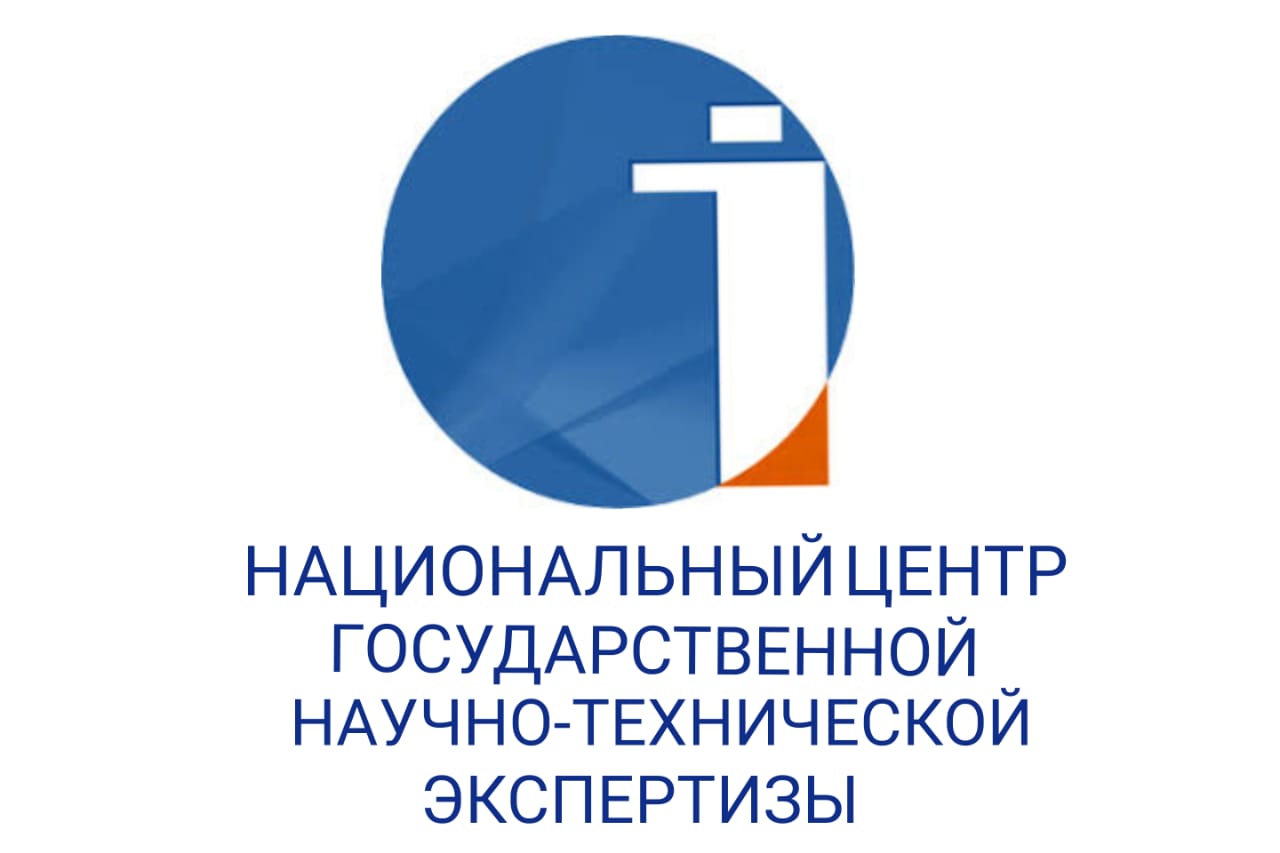THE PECULIARITIES OF TRANSFORMATION TECHNIQUES IN SIMULTANEOUS TRANSLATION IN CHINESE-RUSSIAN LANGUAGE COMBINATIONS
DOI:
https://doi.org/10.48371/PHILS.2023.70.3.022Keywords:
simultaneous translation, transformation, compression, decompression, strategies, techniques, generalization, omissionAbstract
As the Kazakh-Chinese relations deepen, simultaneous translation, as one of the main communication tools, plays an increasingly significant role. The transformation technique in simultaneous translation is one of the leading methods for implementing effective simultaneous translation, and, due to the special structure of the Chinese and Russian languages, it plays the most important role for translation in this particular language combination. This article attempts to identify a number of ways to achieve translation equivalence that differ from lexico-semantic and grammatical transformations, including: adding information (addition, explanation and compensation of information in the original language), interpreting a piece of information in the original language (extended translation), generalization of certain information and omission of some information. The scientific significance of the study lies in the disclosure and analysis of transformation techniques in simultaneous translation, applicable for the Chinese-Russian language combination. The results of the study can be used for further development of a methodological framework for transforming simultaneous translation in the Chinese-Russian direction.
The article uses a descriptive method, a method of comparative analysis, as well as a method of data analysis, in which information is searched, analyzing the interdependence of data and obtaining deductive information. These methods generally either increase or decrease the amount of information in the original text. Therefore, within the framework of this article, a special type of conversion in simultaneous translation will be described in terms of both adding and reducing information.The main purpose of the study in this article is to identify the features and a detailed study of such a phenomenon as simultaneous translation, from the perspective of studying the method of transformation, as well as systematization and formation of a theoretical and methodological basis for further research, development and implementation of new techniques and approaches in simultaneous translation for Chinese-Russian language combination. The relevance, scientific and practical significance of this work lies in the understudied nature of this area, the development of a methodological framework of transformation techniques for the Chinese-Russian language combination, as well as the possibility of applying these theoretical studies in translation practice.








